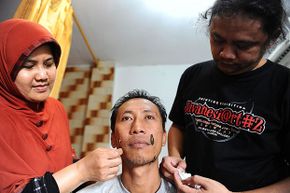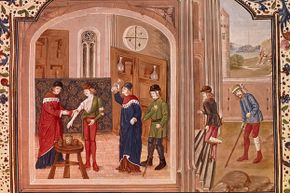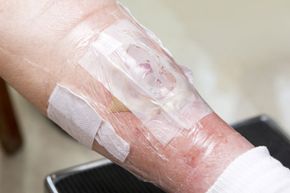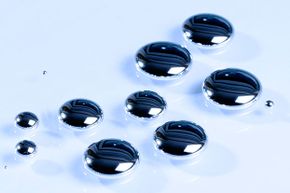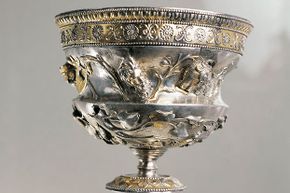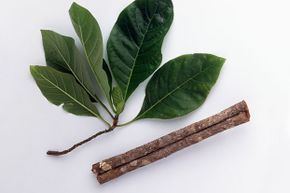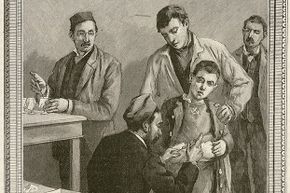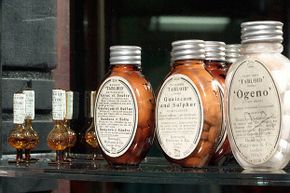Back in 1928, a Scottish scientist named Alexander Fleming was checking petri dishes containing cultures of Staphylococcus bacteria, when he discovered something that surprised him. One dish had been contaminated by a mold, which seemed to have secreted something that had stopped the growth of the bacterial colonies around it. Other scientists took Fleming's discovery and eventually turned it into a drug called penicillin, which became the first effective cure for diseases such as pneumonia, gonorrhea and rheumatic fever [source: ACS].
Penicillin was one of the world's first antibiotics, a class of drugs that fight infections by killing bacteria or keeping them from reproducing [source: MedlinePlus]. Since they were introduced in the 1940s, antibiotics have saved millions of lives across the planet, and become one of the most heavily relied-upon remedies for infectious diseases.
Advertisement
Unfortunately, antibiotics' effectiveness has caused them to be massively overprescribed and misused as well. Half of the antibiotics given to humans in the U.S., for example, are prescribed for viral diseases such as colds and the flu, which don't respond to them. And for years, they've been given to farm animals to spur growth. As a result, doctors are now finding that many common bacterial diseases — such as urinary-tract infections and pneumonia — increasingly don't respond to antibiotics that once controlled them effectively [source: Randall].
To make matters worse, pharmaceutical companies aren't developing new antibiotics rapidly enough to replace the ones that are becoming ineffective. As a result, we may have no choice but to look anew at older methods that doctors used to treat infections in the centuries before antibiotics were developed. Here are 10 of those pre-antibiotic treatments and how well they worked.
